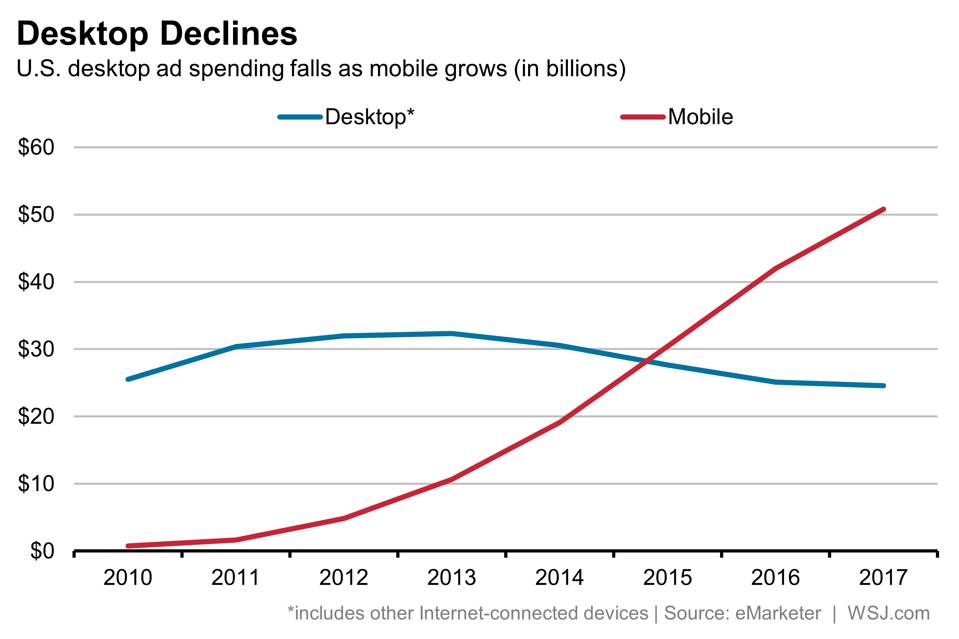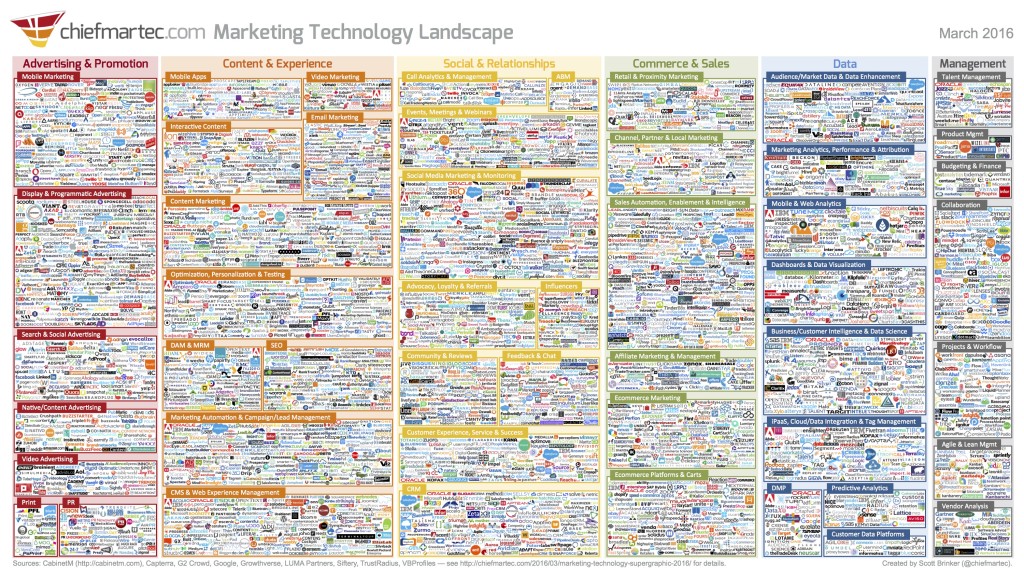Midway Report: Marketing Trends Predictions Analysis
At the end of 2015 (and every year before that) marketers all over the world shared their thoughts as to what important marketing trends would shape the industry in 2016. As we approach the halfway point of the year, how many of those are coming true?
Late in 2015, the major focus was largely on the impact of mobile. Considering the already sharp rise mobile had experienced in the two years prior, this was less of a prediction and more of a base from which to make said predictions. Now that we are closing in on the six-month mark of 2016, it’s time to see how many marketing trends predictions are coming true, and what that means for the rest of the year.
Mobile Over Desktop
All signs pointed to mobile overtaking desktop in virtually every regard, and that’s exactly what we’re seeing. Considering its trajectory over the 24 months prior, this was hardly a prediction and more of an understanding. At the very least, it was an easy way to come out of the gate knowing that at least one marketing trends prediction would be correct.
Not even six months into 2016 and mobile has already surpassed desktop in a number of ways. ComScore data has found that the number of smartphone users, the amount of time spent using a mobile device and platform split (between desktop and mobile) all favor mobile. We also know that mobile search surpassed desktop search at the end of 2015, but early in 2016, we saw that mobile ad spend surpassed desktop ad spend for the first time.

Just last week, Google announced several new features being made available in AdWords and Analytics all with mobile-first in mind. As they put it during the presentation, mobile is no longer an option, it is the strategy. That was a fairly obvious notion at the end of 2015 and it has proven to hold true so far this year.
Technology Consolidation
When Salesforce announced that they would be rolling out a business intelligence dashboard that integrated directly with their CRM, a lot of marketers predicted that a new era was upon us whereby the startup world would be consolidated under the giants like Google, Facebook, Salesforce (obviously) and the like. Instead, we’ve seen the market for marketing technologies double (again).
Up until now, the growth of the marketing technology sector seemed like a good thing. (And, for the most part, it was.) Now, as VC wallets tighten and IPO whispers have quieted, an increasingly vast marketing technology landscape is looking a little unstable. In the social media management group alone there are over 200 companies offering similar products. One wonders if there is really enough business out there to keep all of these companies afloat (especially when the huge majority of them are not making enough money to keep the lights on themselves).
The Growth of Content Creation
As products like Snapchat and Facebook Live have picked up momentum and popularity (especially with the coveted millennial market) brands have shifted a lot of their efforts to creating vast amounts of content in-house. There are now more jobs posted than ever before for content creators of channel-specific content (including posts for Snapchat Story creators, which is new to 2016).
Content marketing (as a more concrete, solidified concept) has been a focal point of the marketing world for a few years now, but the slow adoption of new media by a lot of organizations (particularly larger organizations) has meant that content creation has been mixed in with other marketing initiatives, and new media – social in particular – has been fed scraps. Now, brands of all sizes are recognizing the huge potential of developing channel-specific content and are focusing a large amount of resources (not just marketing resources) to getting that done.
And speaking of Facebook Live video…
The Year of Streaming
A common prediction that was circling throughout the latter half of 2015 was that 2016 would be the year that live streaming really took off as a mainstream means of communicating. So far, that has held true. For the last couple of years, rich media types have been at the forefront of hyped communications (images, to video, and now streaming) despite the fact that these media types were nothing new. (Online live video broadcasting, for example, has been around for about two decades.) Now, not only are we shifting our efforts to focus on live streaming, but the market is showing its penchant for engaging with live content.
Conclusion
While some marketing trends predictions have fallen flat, a lot of what we thought would come of 2016 has so far proven to be true. Of course, there is still plenty of time left to see how much of the trending norm is hype and how much is here to stay, and a lot of that will depend on return and measurability. One thing is for certain, however; the market is responding favorably to these new types of content and their respective media, so marketers will surely continue to invest heavily in them.




